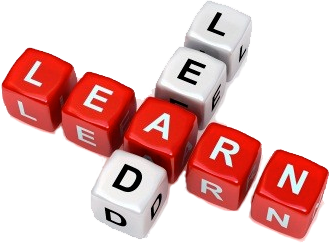Improvement of Leadership Impact and Strategies
Every organization consists of certain individuals. These individuals bring their own values, beliefs and attitudes and create a specific organizational culture directing behavioral styles toward people and task. By fitting into an organization, an individual becomes part of that culture and directly or indirectly supports or encourages it.
Therefore, every individual has an important role in the organization, and their influence increases along with the advancement in organizational hierarchy.
 Analysis and Assessment
Analysis and Assessment
This program:
• Is intended for top management
• Identifies predominant impact a leader has on his employees, i.e. if he encourages employees to exercise passive, aggressive or constructive behaviors and make the best or worst of them
• Reviews 10 leadership strategies and whether they are being used prescriptively or restrictively. This dimension explains how a leader motivates employees, what behaviors he/she encourages, how he gives feedback, is he a positive or a negative role model etc.
Assessing leadership impact and strategies is based on 360-degree feedback.
Last step in this program is analysis of the results with a consultant. The goal of this meeting is to:
• clarify report results to the manager in questions,
• gain acceptance of the results and
• encourage change.
Main advantage of this assessment is identifying personal leadership styles and realization what could be done differently. That realization creates a need for change. The change of leadership styles can contribute to changing organizational culture and have global impact on the organization.
Development
Depending on the results of this assessment, the participant goes through the process of coaching or is advised to attend workshops on various subjects. The goal of coaching in business environment is improvement of organizational effectiveness through individual development of leaders aligned with organization’s goals and vision. Coaching helps leaders achieve better results and more efficiently fulfill their potential. Coach, working ”one-on-one”, gives support and helps coachee change his/her approach. During coaching, the participant discovers underlying values, beliefs and assumptions that direct his/her leadership styles. Coaching is directed toward development of constructive leadership styles and prescriptive leadership strategies. Below is an example of possible workshops’ topics:
• Leadership – the role of a leaders, leadership styles and strategies
• Strategic Thinking
• Constructive Feedback
• Mentoring
• Coaching
• Motivation
• Organizational Culture
• Negotiations
• Ethics
Evaluation
Measuring leadership styles is repeated after a year. Although the participant becomes aware of his/her negative impact on other, it takes time to fully adopt constructive thinking patterns, behaviors, leadership strategies, and to apply newly acquired knowledge.
